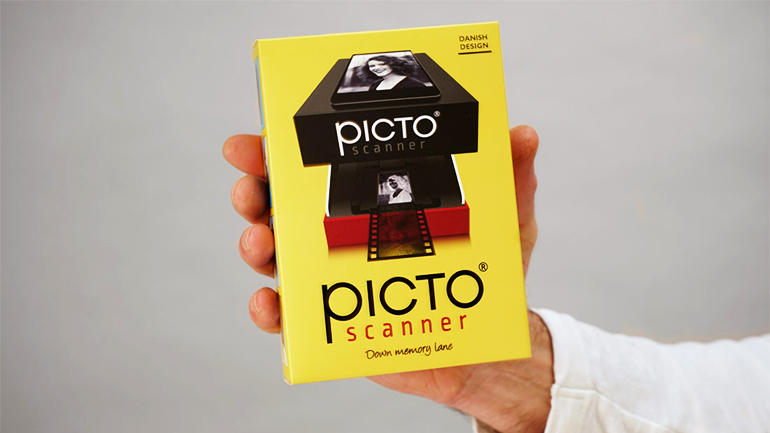'ZDNET Recommends': What exactly does it mean?
ZDNET's recommendations are based on many hours of testing, research, and comparison shopping. We gather data from the best available sources, including vendor and retailer listings as well as other relevant and independent reviews sites. And we pore over customer reviews to find out what matters to real people who already own and use the products and services we’re assessing.
When you click through from our site to a retailer and buy a product or service, we may earn affiliate commissions. This helps support our work, but does not affect what we cover or how, and it does not affect the price you pay. Neither ZDNET nor the author are compensated for these independent reviews. Indeed, we follow strict guidelines that ensure our editorial content is never influenced by advertisers.
ZDNET's editorial team writes on behalf of you, our reader. Our goal is to deliver the most accurate information and the most knowledgeable advice possible in order to help you make smarter buying decisions on tech gear and a wide array of products and services. Our editors thoroughly review and fact-check every article to ensure that our content meets the highest standards. If we have made an error or published misleading information, we will correct or clarify the article. If you see inaccuracies in our content, please report the mistake via this form.
PictoScanner, hands on: Simple and affordable smartphone-based film scanning

Scanning film slides and negatives might sound like a niche requirement these days, but the need can crop up in all sorts of situations, and when it arises, a simple and affordable solution can get an acceptable job done.
The £34.31 (from Amazon) PictoScanner accepts slides or negatives, and is designed to be used with a smartphone; free apps are available for Android and iOS to manage the process. The PictoScanner itself is a battery-powered lightbox, made almost entirely of cardboard, that tucks away into its own little box for storage. As a purchase for the office or home it's almost a no-brainer -- if it works, of course.
PictoScanner is a battery-powered (2x AA) cardboard lightbox that accepts 35mm film slides and negatives. Scanning is carried out via your smartphone's camera, managed by a free PictoScanner app.
A certain amount of self-assembly is required before you can get started with the PictoScanner. A clearly written and well-illustrated printed manual tells you everything you need to do, and in just a couple of minutes the lid of the box becomes a stand for your phone, with a small cut-out ready to accommodate your phone's camera lens. You'll need to supply a couple of AA batteries which provide a backlight for your slides or negatives, and there's an on-off switch for the light on what becomes, after assembly, the underside of the stand.
Simple PictoScanner apps are available for Android and iOS, but you may need to use a more capable image editor to refine your scans.
I tested the PictoScanner with the Android app, which offers a choice of three photographic types: colour negative, colour positive, and black-and-white negative. Selecting the appropriate input fires up the camera; the frame initially extends beyond the slide or negative you want to capture, and you'll need to zoom in.
SEE: Managing and troubleshooting Android devices checklist (TechRepublic Premium)
Once a photo is taken the app moves on to a basic photo editor. Here you can add a frame, apply a filter, give your image rounded rather than squared-off edges, and adjust exposure and contrast. Other, far better, free photo-editing apps are available, including those that come with handsets, and if you want to crop the image you'll need to resort to one of these.
That's all there is to it. The PictoScanner is basically just a lightbox, and the app is not particularly well featured. Still, the lightbox itself is easy to assemble, and the app is straightforward to use for basic image digitising. The app could be more feature-rich, but with so many editing apps available perhaps there's an argument for keeping it simple here.
Top ZDNET Reviews
RECENT AND RELATED CONTENT
Working from home tech: We review an ultraportable printer and scanner
What's inside Gewirtz's home office? 20 years of refinement and evolution
Phones to expect in 2021: Galaxy S21, iPhone 13, and more
ZDNet Recommends: The best products for every office
Read more reviews
- HP ZBook Create G7, hands on: A premium 15.6-inch laptop for power users and creators
- Jabra Speak 750, hands on: A sound choice for work and leisure use
- Acer Swift X3 review: Solid specs, including Intel's dGPU, but build quality disappoints
- Getac B360, hands on: Tough, configurable and ready to handle extreme conditions
- OnePlus 9 review: Super-fast charging, Hasselblad software, 120Hz display
